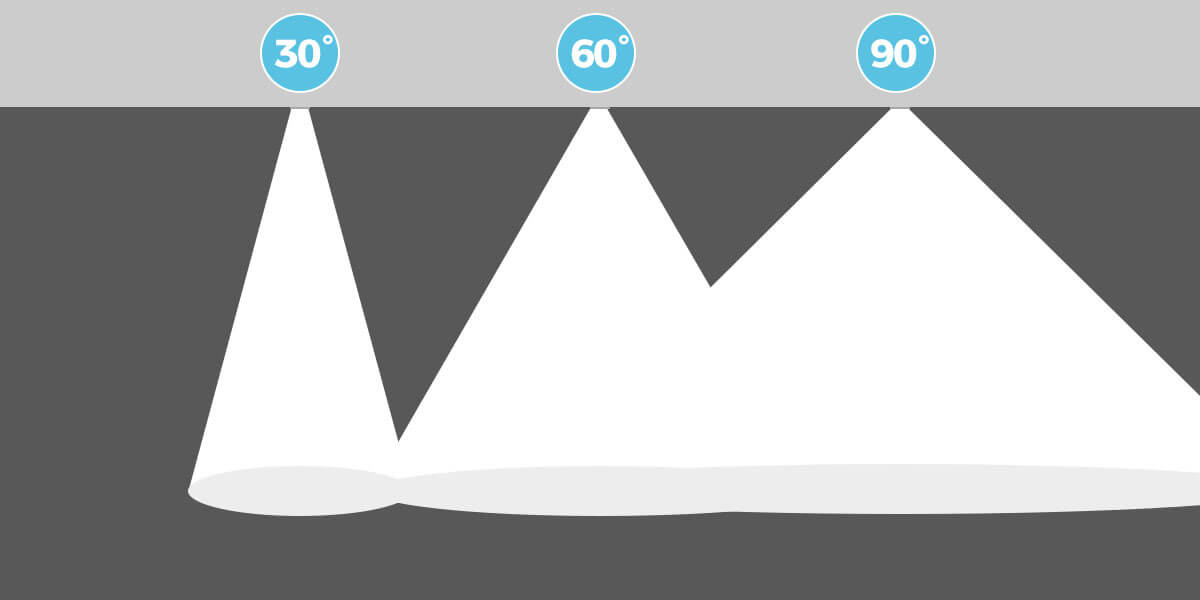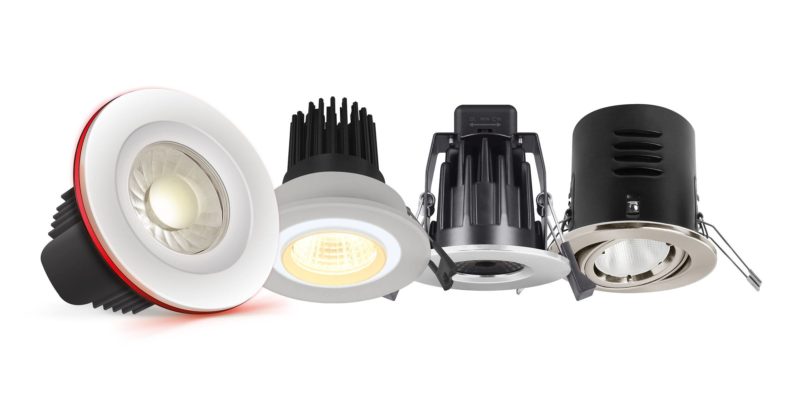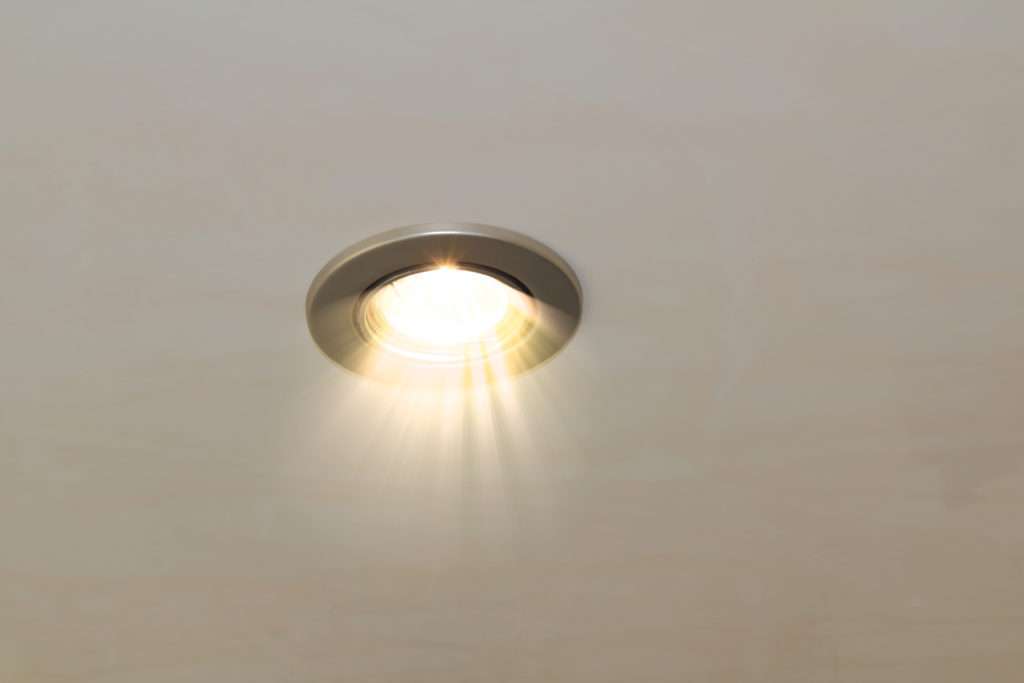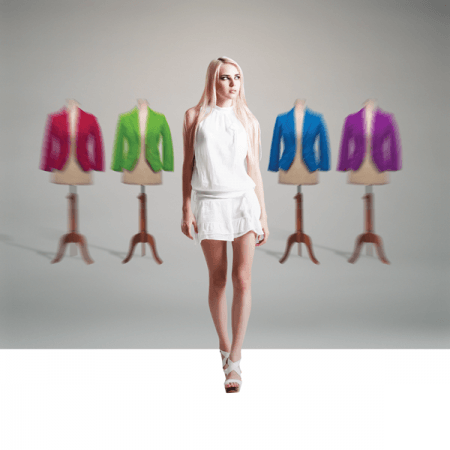LED lighting technology has developed at a staggering pace over the last several years. Products that were deemed cutting-edge a few years ago have been superseded by others that are superior in every way. Nowhere is this more evident than in the realm of LED downlights.
Recessed downlights offer a stylish, unobtrusive alternative to traditional halogen spotlights, and they can be used for a wide range of domestic and commercial applications.
If you’ve not considered switching to integral LED downlights before, read on to find out why you should.
What are LED downlights?
LED downlights are essentially spotlights that are recessed into a ceiling, offering a bright directional light. As the fitting is set back into the surface of the ceiling, it is much more unobtrusive than traditional spotlights and can finish any room stylishly.
Once installed, all you would see of the downlight is the lens of the light bulb and the circular bezel that rings it. Many downlights offer you a choice of bezel finishes, from brushed aluminium and brass to black or white ceramic, so it is easy to match the light with a room’s décor.
LED downlights now offer all the benefits of LED lighting, including longer lifespans, superior energy efficiency and, in some cases, the ability to tune the colour or colour temperature of the light from warm white, white, cool white and daylight.
LED downlights are also available in a range of IP ratings, so you can choose an IP65 rated downlight for use in your kitchen or bathroom.
You could also install fire rated downlights which are manufactured with an intumescent pad which quickly expands when it reaches a certain temperature and seals the cut-out hole that the downlight sits in. This helps to stop the spread of the fire by preventing the fire from easily getting inside ceiling cavities. Fire rated downlights are tested to withstand the fire for 30, 60 or 90 minutes.
How many downlights do I need?
When using LED downlights for general lighting purposes, it’s important to make sure that you install enough of the lights to adequately illuminate a room. Once you have that covered, deciding on the exact number of downlights to install comes down to personal preference.
One rule of thumb is to install one LED downlight per square metre, leaving a space of one metre between each light and half a metre between the lights and each wall. This would mean that in a room measuring 3m x 3m, nine downlights would be ideal for a bright, even light distribution.

The lumens output and beam angles of LED downlights does provide some flexibility with this, however. Downlights with larger beam angles offer a wider spread of light, so potentially, you could get away with installing fewer lights. The image below shows how much different beam angles change a downlight’s spread.
Similarly, those with higher lumens outputs are brighter, so will do a better job of lighting a room. Dimmable LED downlights can give you even more flexibility, as they can give you a nice, bright light, but can be dimmed to offer a softer light when needed.
See our guides to beam angles and lumens for more details.



How easy is it to install the cables for several extra down lights?
We would advise you definitely see an electrician regarding carrying out any type of re-wiring works.